
If you have this plant in your garden, don’t cut it down – it’s incredibly valuable!
The Cape gooseberry (Physalis angulata L.) has a sour taste and a neutral nature. It has properties that help clear heat, promote urination, and dissolve phlegm. It is used to treat symptoms such as fever, sore throat, and throat inflammation.
Also known as "Lantern plant" or "Wild ground cherry," Physalis angulata L. belongs to the nightshade family (Solanaceae). It originates from tropical America and has since spread to other tropical and subtropical regions. The plant grows wild in many places—along field edges, grasslands, wastelands, and rural roadsides. It is also found on forest edges from lowlands up to altitudes of 1,500 meters above sea level. The herb can be used fresh or dried for medicinal purposes.
This is an annual herbaceous plant that grows 50–90 cm tall and branches out a lot. The stem is angular and tends to droop. The leaves are alternate, oval-shaped, sometimes lobed or unlobed, 30–35 mm long and 20–40 mm wide, with petioles 15–30 mm long. Flowers are solitary with slender stalks about 1 cm long. The calyx is bell-shaped with hairs and splits into five lobes; the corolla is bright yellow or pale white, sometimes spotted with purple at the base and slightly five-lobed.
The fruit is a smooth, round berry. When immature, it is green, turning red when ripe. The enlarged calyx forms a pouch around the fruit, about 3–4 cm long and 2 cm wide. The seeds are numerous and kidney-shaped. When the fruit is squeezed, it makes a distinctive "pop" sound. The plant flowers and bears fruit year-round.
The medicinal part used is the entire plant, known in traditional medicine as Herba Physalis Angulatae. According to Eastern medicine, the whole plant is bitter, cool, and non-toxic. It helps to clear heat, drain dampness, dissolve phlegm, relieve cough, and soften hard lumps. The fruit is sour, neutral in nature, and effective in treating fevers, sore throats, phlegmy coughs, restlessness, nausea, and hiccups. Externally, it is used to treat breast abscesses, boils, testicular pain, or as a wash for affected areas.
The fruit is edible and used to treat phlegmy coughs, edema, and skin ulcers. The fresh root, when cooked with pig heart and cinnabar (mercuric sulfide), is used in folk remedies to treat diabetes.
In India, the entire plant is used as a diuretic, and the leaves are used to treat stomach disorders.
To aid in reference and potential application in treatment, here are some medicinal remedies using the Cape gooseberry plant:
1. For colds, sore throat, phlegmy cough, restlessness, nausea, and hiccups:
Boil 20–40 g of dried Cape gooseberry and drink the decoction. Take 1 dose per day, divided into 2–3 portions.
2. For breast abscesses, boils, testicular swelling and pain:
Crush 40–80 g of fresh Cape gooseberry and extract the juice to drink. The remaining pulp can be applied to the affected area or used as a wash.
Alternatively, for boils, crush the fruit and apply directly to the sore, changing the dressing once a day.
3. For phlegm-induced cough:
Boil 30–40 g of the fruit and drink several times throughout the day.
4. For edema (dropsy):
Boil 40–60 g of the fruit and drink the decoction throughout the day.
5. For diabetes:
Cook 30–40 g of fresh root with 1 pig heart and 1 g of cinnabar. Eat both the broth and the ingredients.
Repeat 5–7 times (every other day).
Source: Agriculture
News in the same category


Why Keeping A Lemon In Your Bedroom Is A Great Idea

Put salt in your toilet. Here's why. This is something plumbers will never tell you

When Checking Out of a Hotel, Don’t Fold the Bedding—Not Knowing This Will Only Cause Trouble

Pour Beer into Table Salt to Solve Many Household Problems – Wish I Knew This Trick Sooner!

The water pipe is clogged, do this way to solve it easily, no need to call a plumber

Cut soap and mix with sugar and put it in the corner of the house: Mosquitoes will fly black, the whole house will be clean and fragrant, everyone will like it

Should toilet paper be thrown in the toilet or the trash: Seems simple but not everyone knows the correct answer

Gas stove users should know what to do with just a toothpick: It can help reduce gas bills a year

11 ways to save electricity that seem right but are actually completely wrong, making next month's bill higher than the previous month's

6 things mice are very afraid of, just put them in the house and the mice will run away

Put a handful of salt in the refrigerator: A golden use that every home needs

5 tips to keep your bathroom smelling fresh all week without having to clean it

How to clean air conditioner at home simply, clean and shiny: No need to waste money calling a technician

Put a drop of essential oil on clothes while soaking: "Special" use, not everyone knows how to apply it

Don't throw away rice water, keep it for these 6 "magical" things, save millions every year

Tips for conditioning hair with black vinegar, both economical and helps reduce hair loss and grow faster
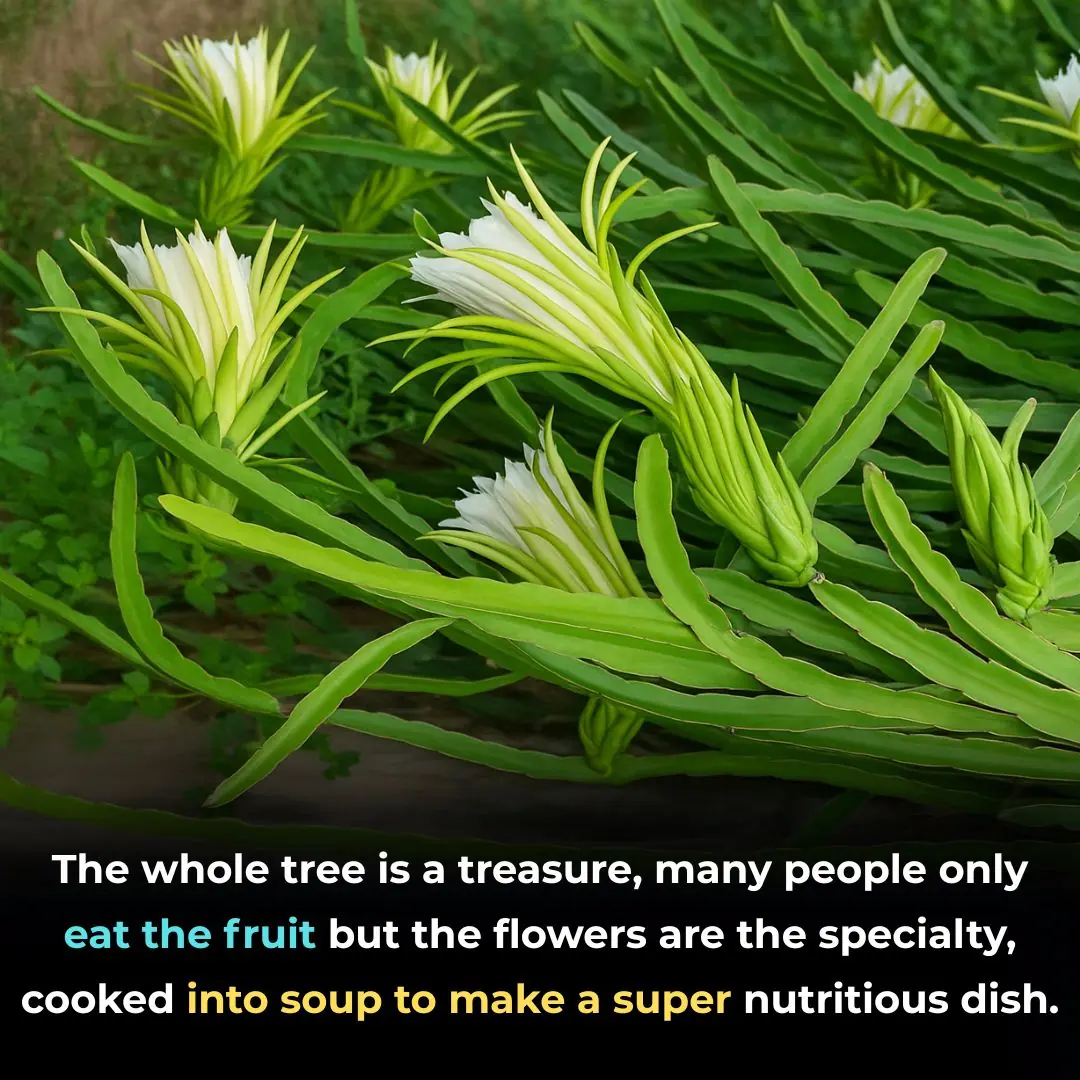
The whole tree is a treasure, many people only eat the fruit but the flowers are the specialty, cooked into soup to make a super nutritious dish.

Not Only Refrigerators Can Preserve Eggs — Storing Them in These Places Keeps Them Fresh for a Long Time
News Post

Lemon Seeds Can Save a Snakebite Victim Within Just One Minute If Used This Way

Why Keeping A Lemon In Your Bedroom Is A Great Idea

Put salt in your toilet. Here's why. This is something plumbers will never tell you
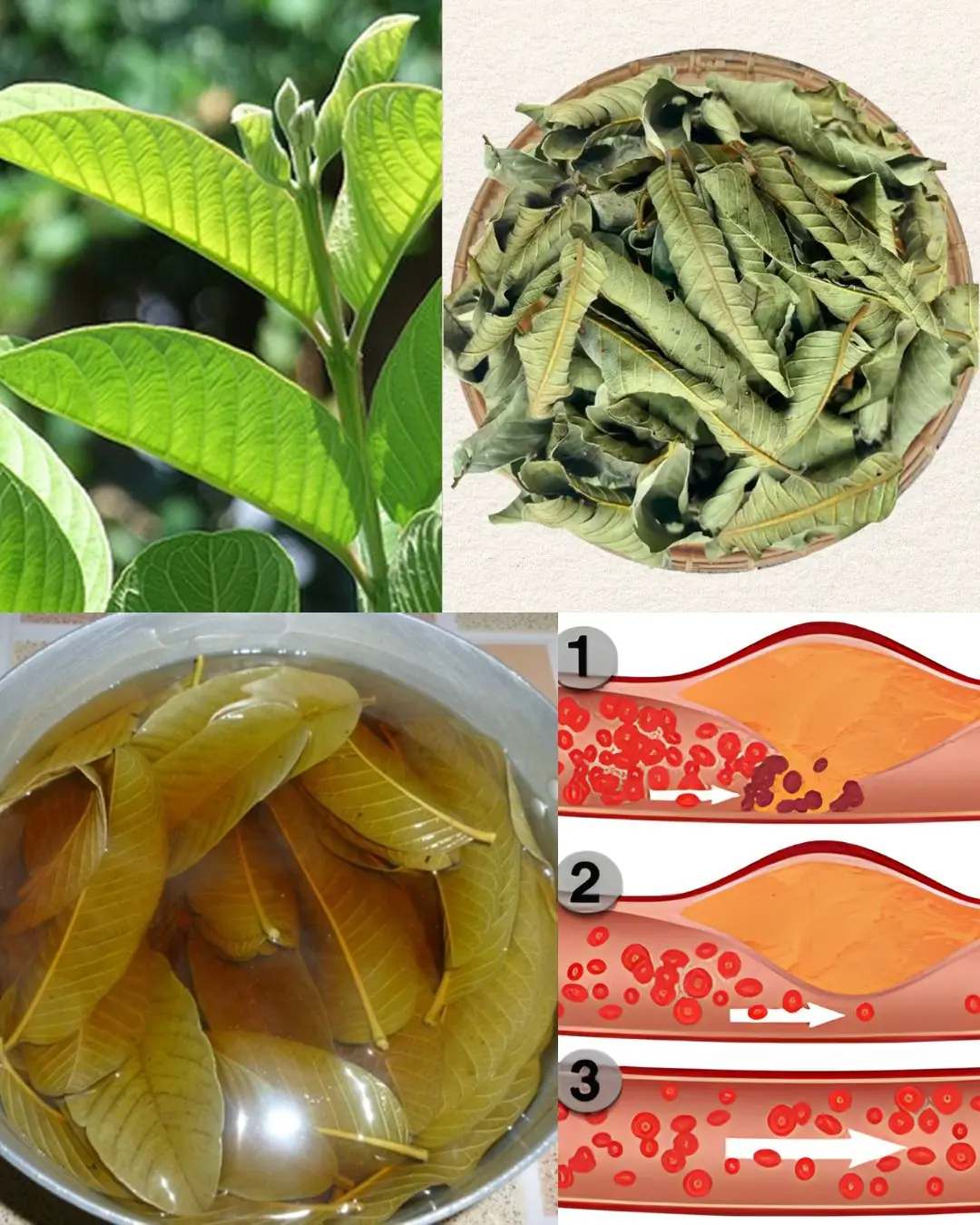
Guava Leaves for Blood Sugar Control: Nature’s Gift for Diabetics
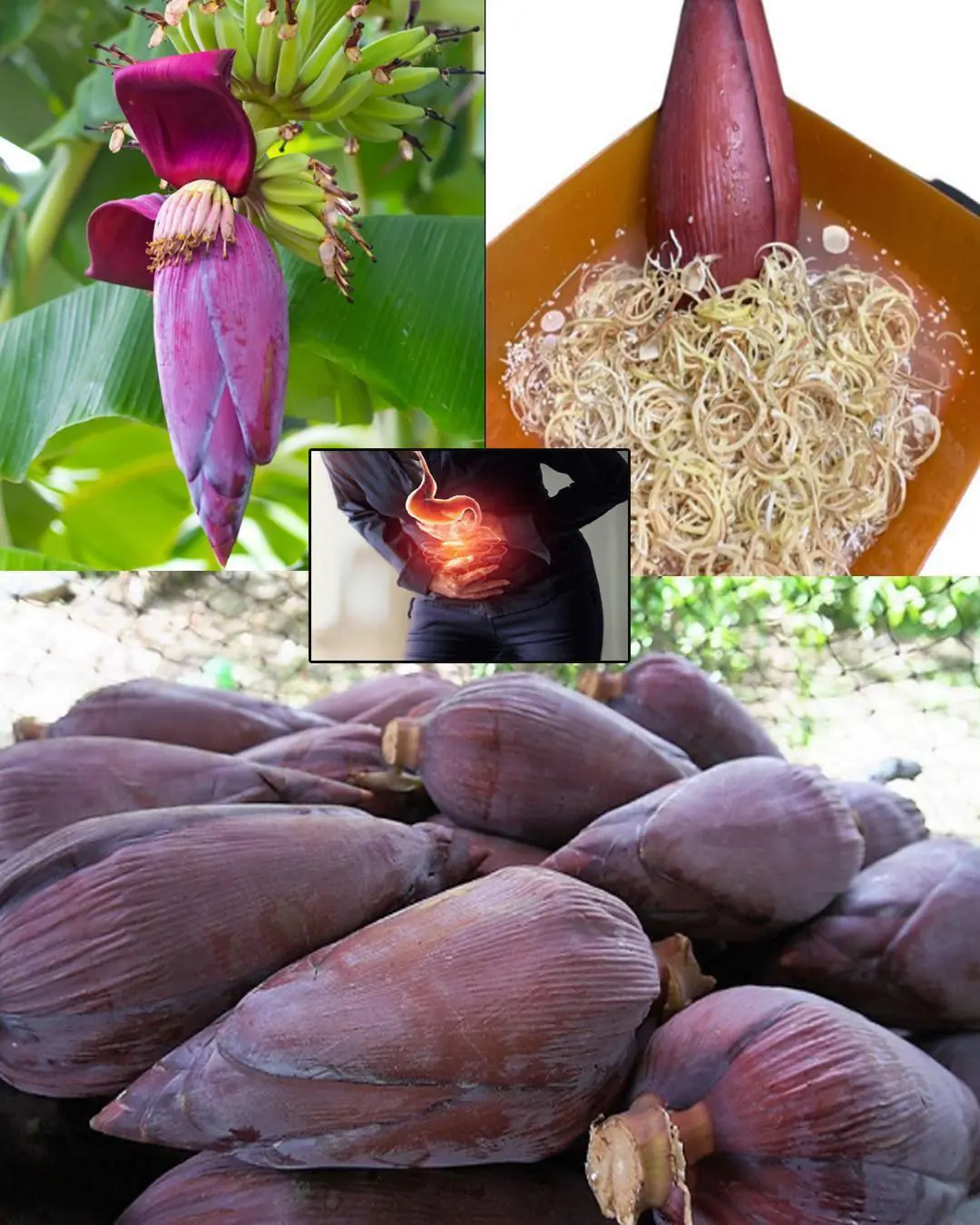
Banana Blossom: Health Benefits, Recipes, and Uses
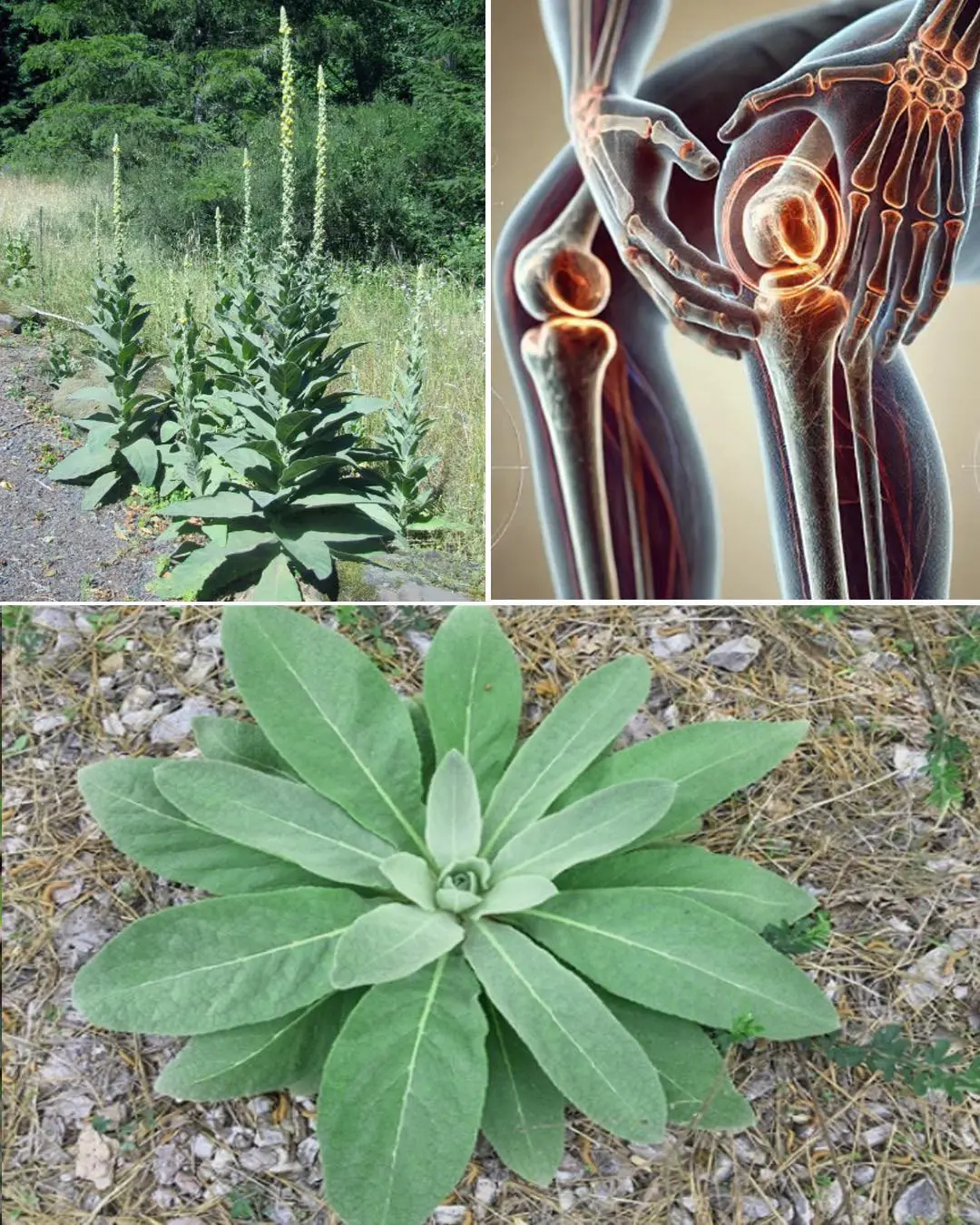
Common Mullein: Benefits and Uses of Nature’s Versatile Herb
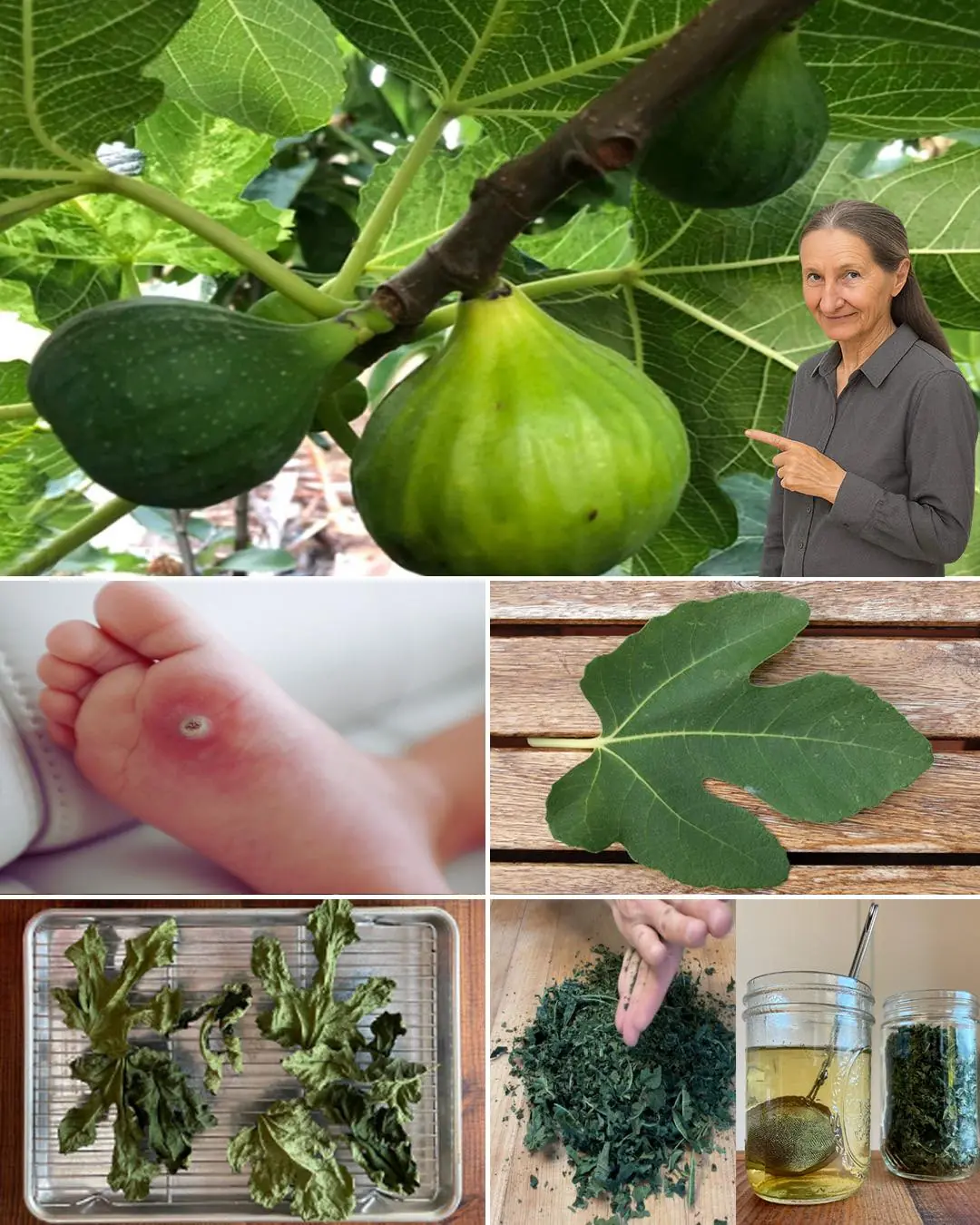
Fig Leaves: Surprising Benefits and Uses
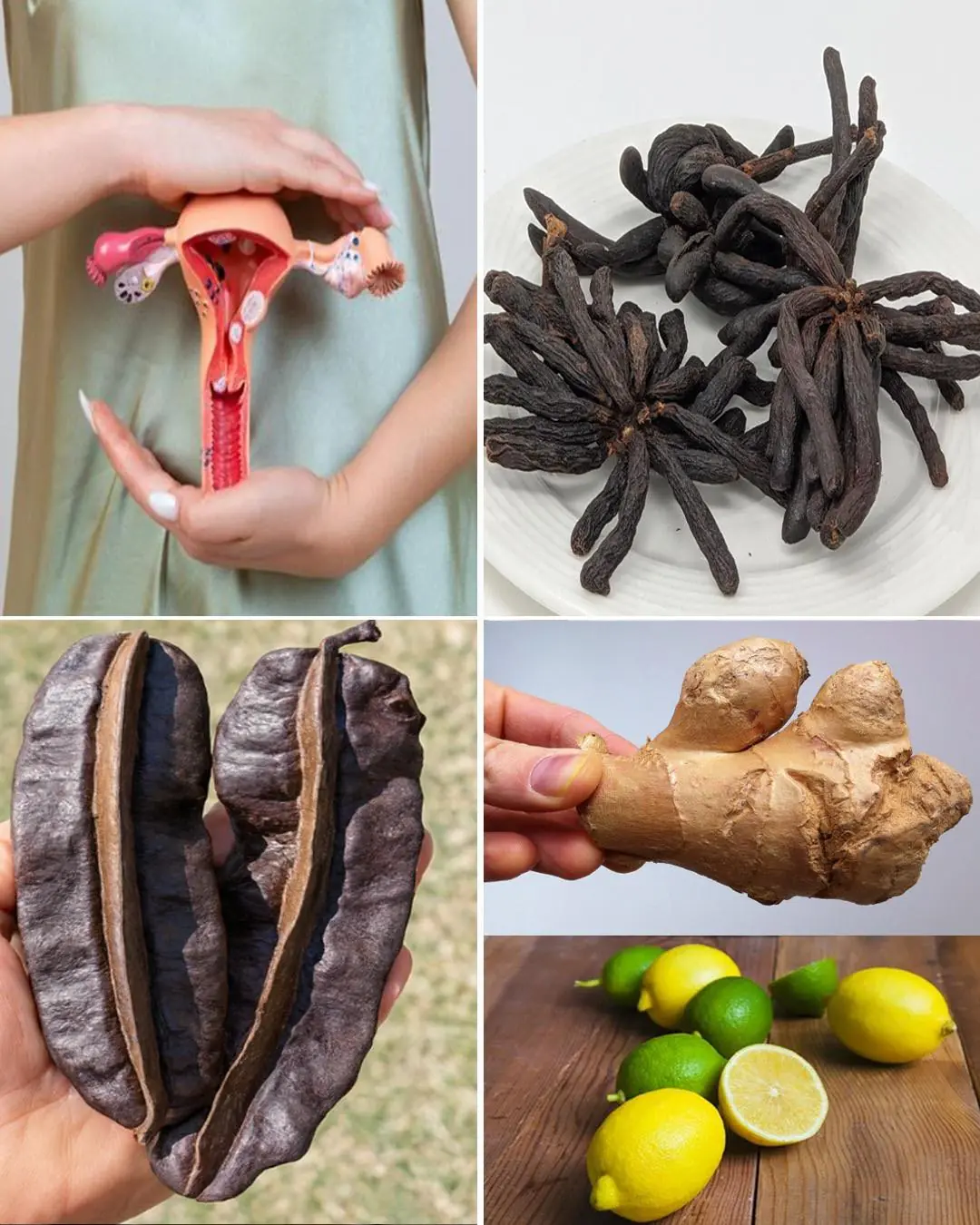
Inner Vitality Elixir: Benefits of Uda Seeds, Lemon, Aidan Fruit, and Ginger for Women’s Health

When Checking Out of a Hotel, Don’t Fold the Bedding—Not Knowing This Will Only Cause Trouble
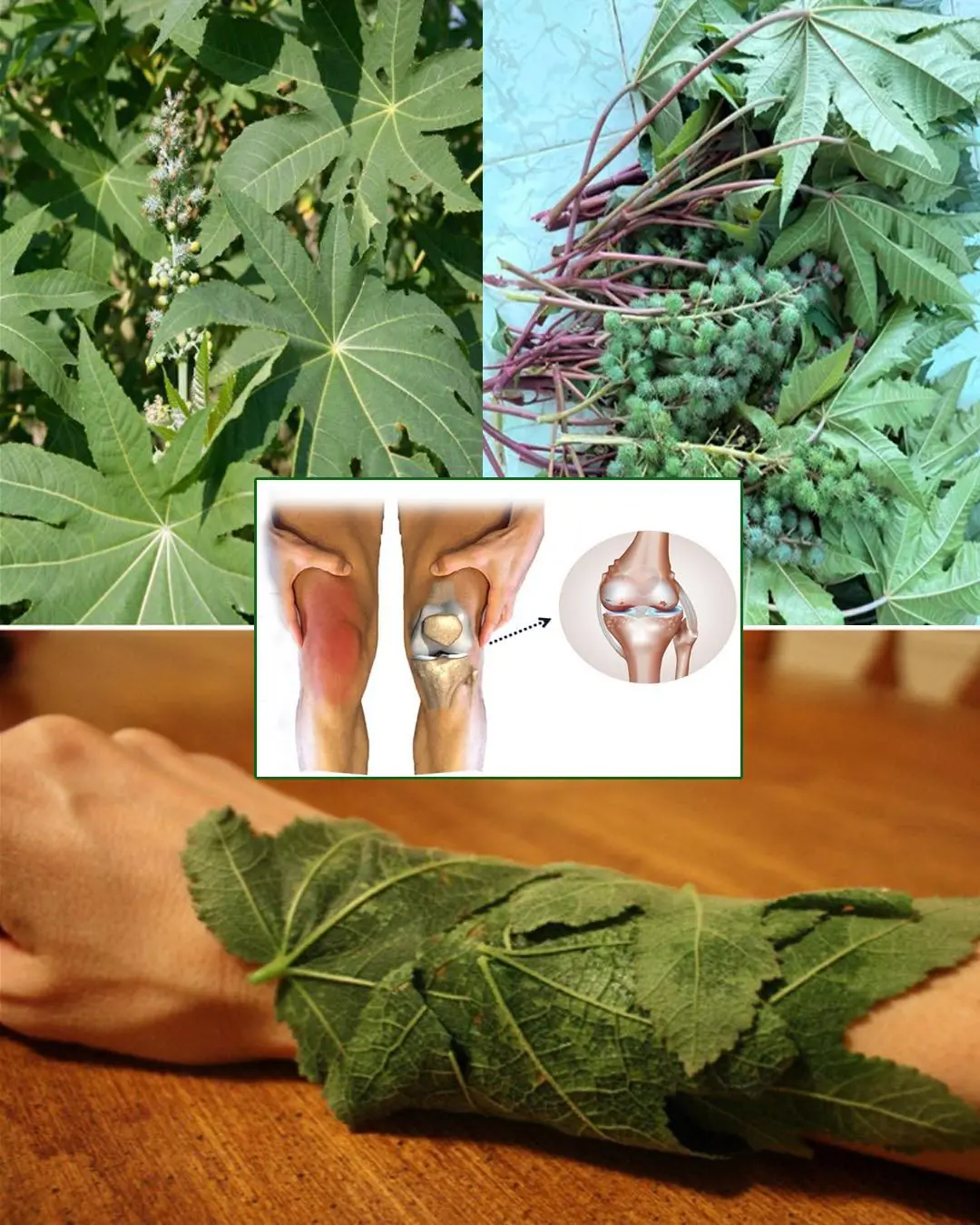
Some of the Benefits of Castor Leaves and the Seed
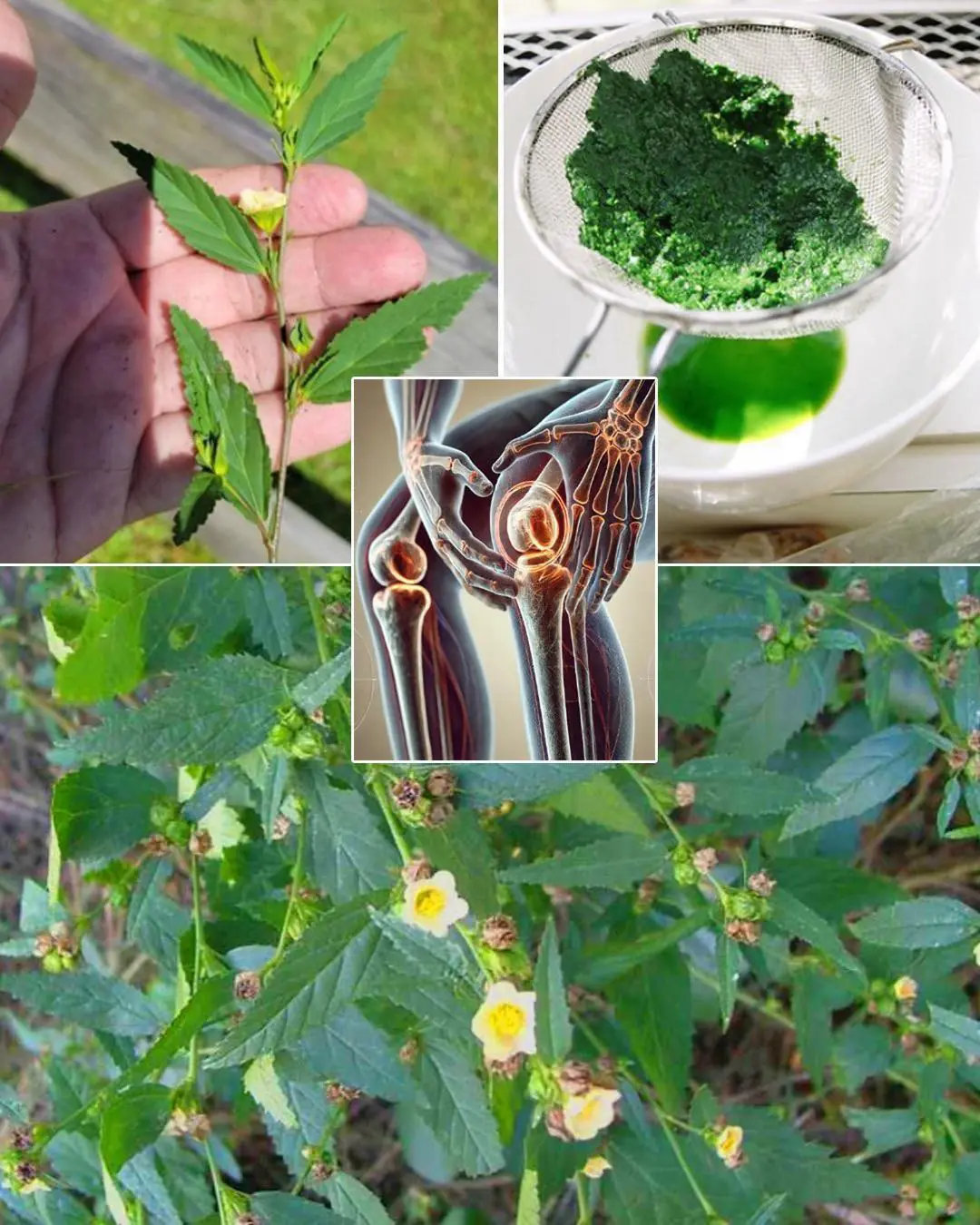
The Versatile Uses of Stubborn Grass

Pour Beer into Table Salt to Solve Many Household Problems – Wish I Knew This Trick Sooner!
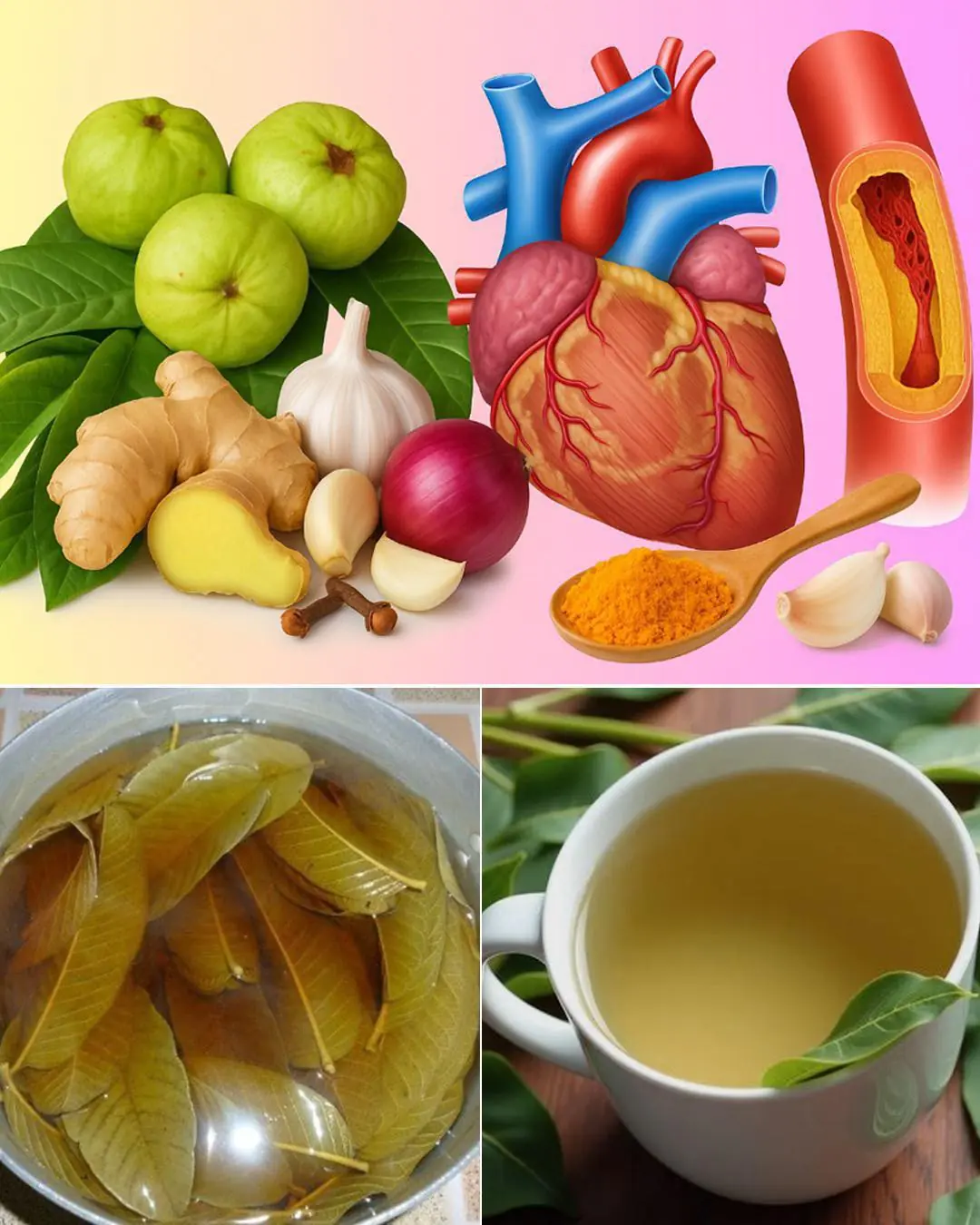
The Best Tea for Mornings and After Dinner: A Powerful Blend for Health
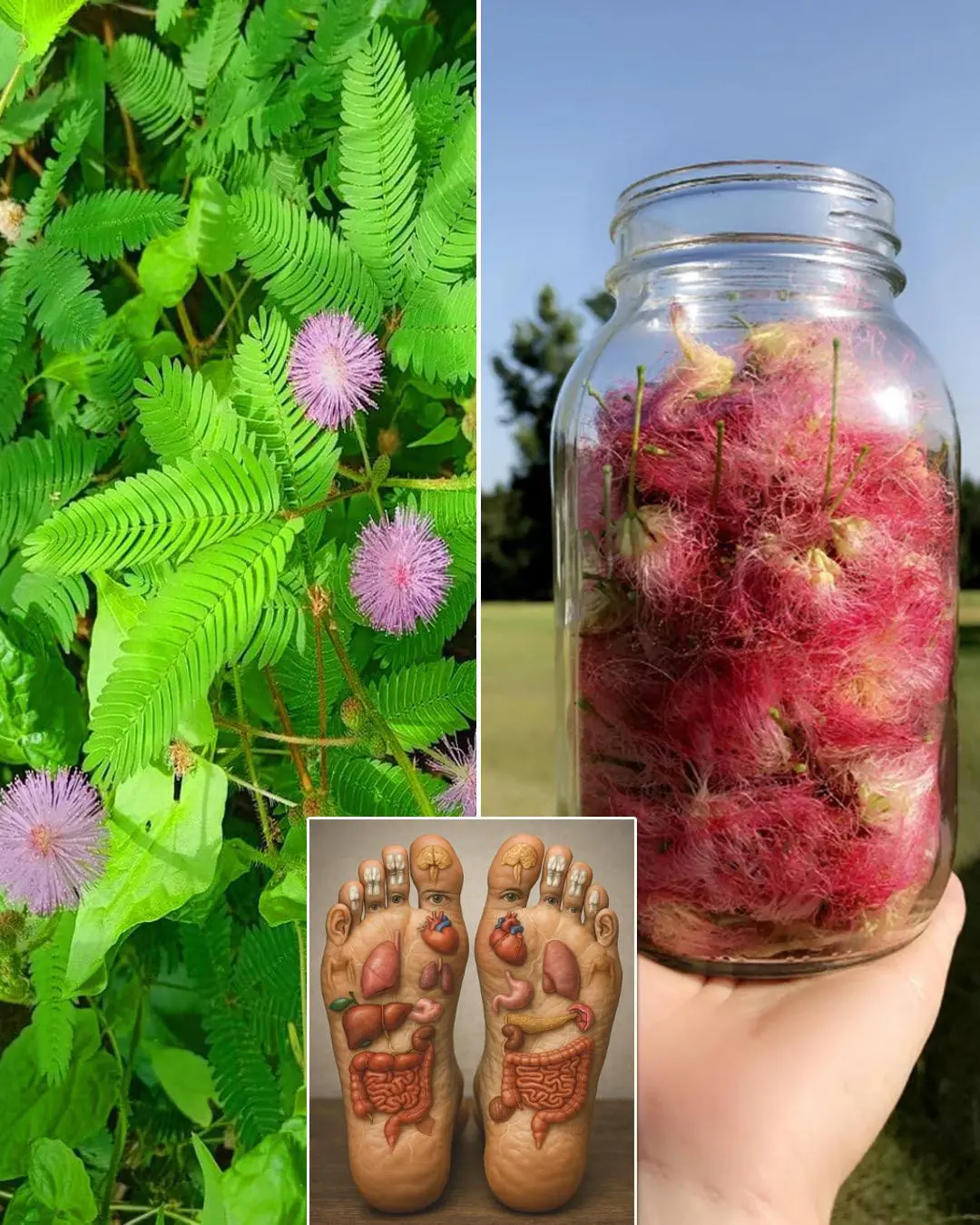
Mimosa Pudica Tea: How to Prepare and Health Benefits
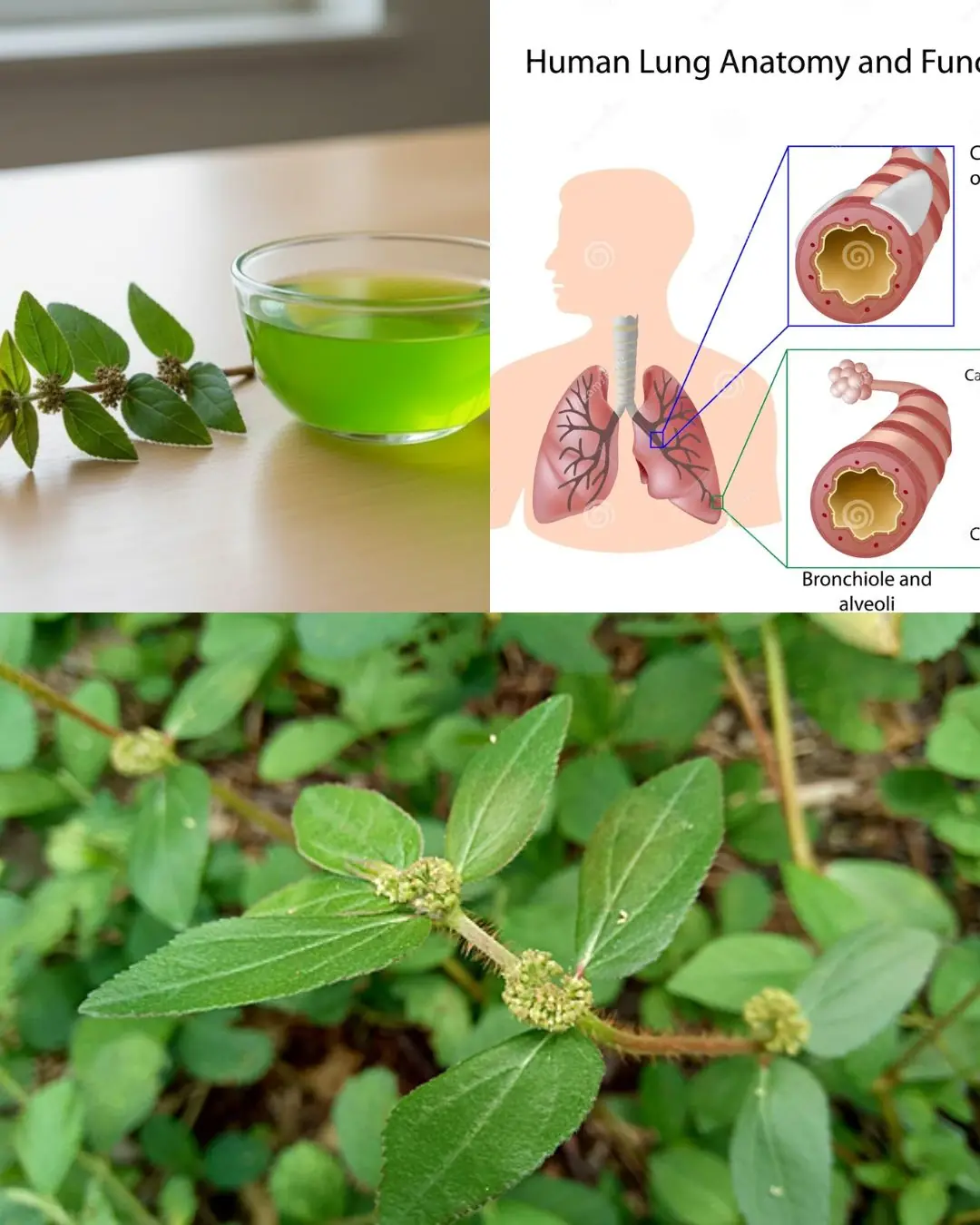
Euphorbia Hirta (Asthma-plant): Traditional Uses and Applications
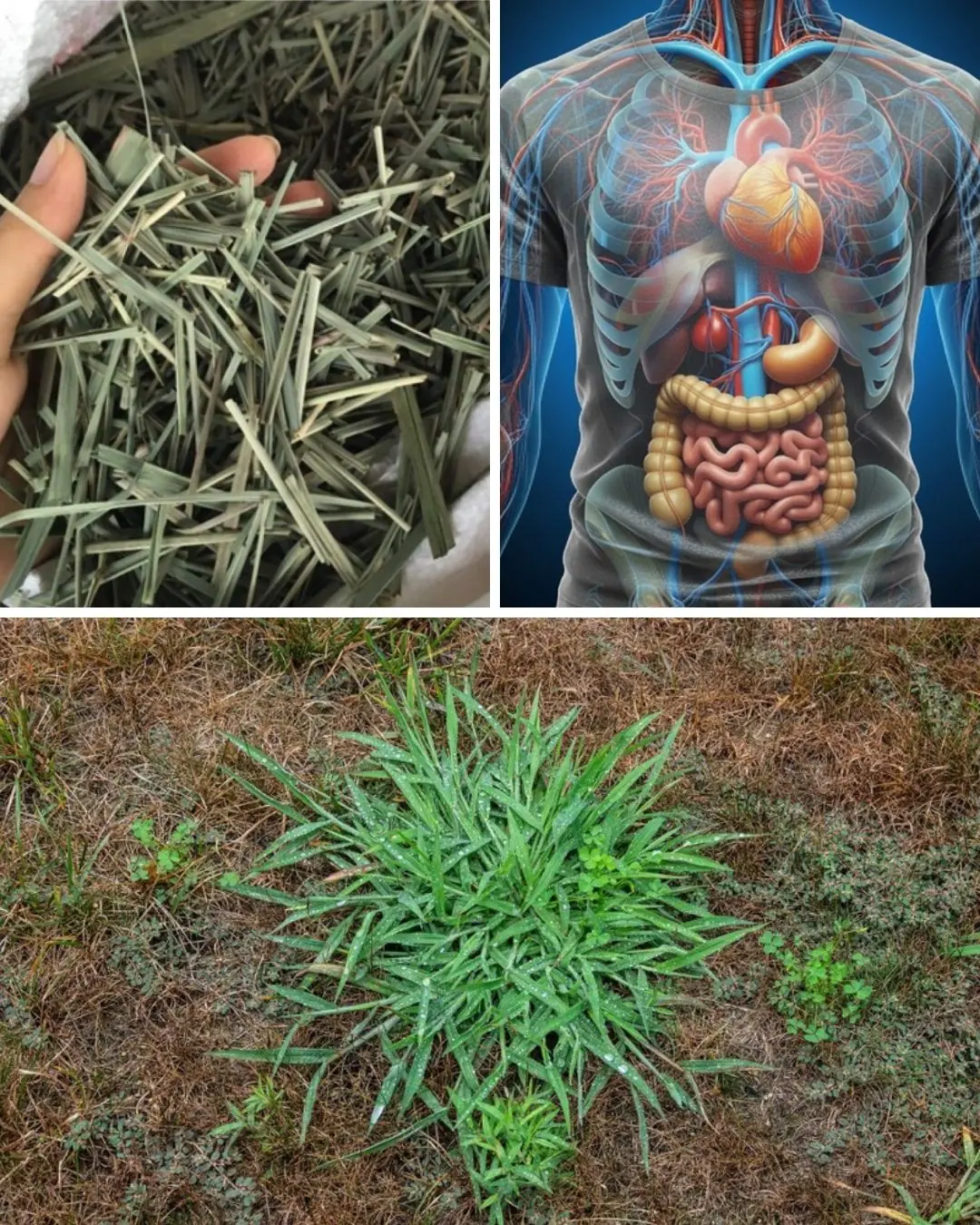
Harnessing the Power of Goose Grass: A Guide to Its Preparation and Therapeutic Uses

The water pipe is clogged, do this way to solve it easily, no need to call a plumber

Woman Left with Swollen Lip After Centipede Bites Her in Sleep
